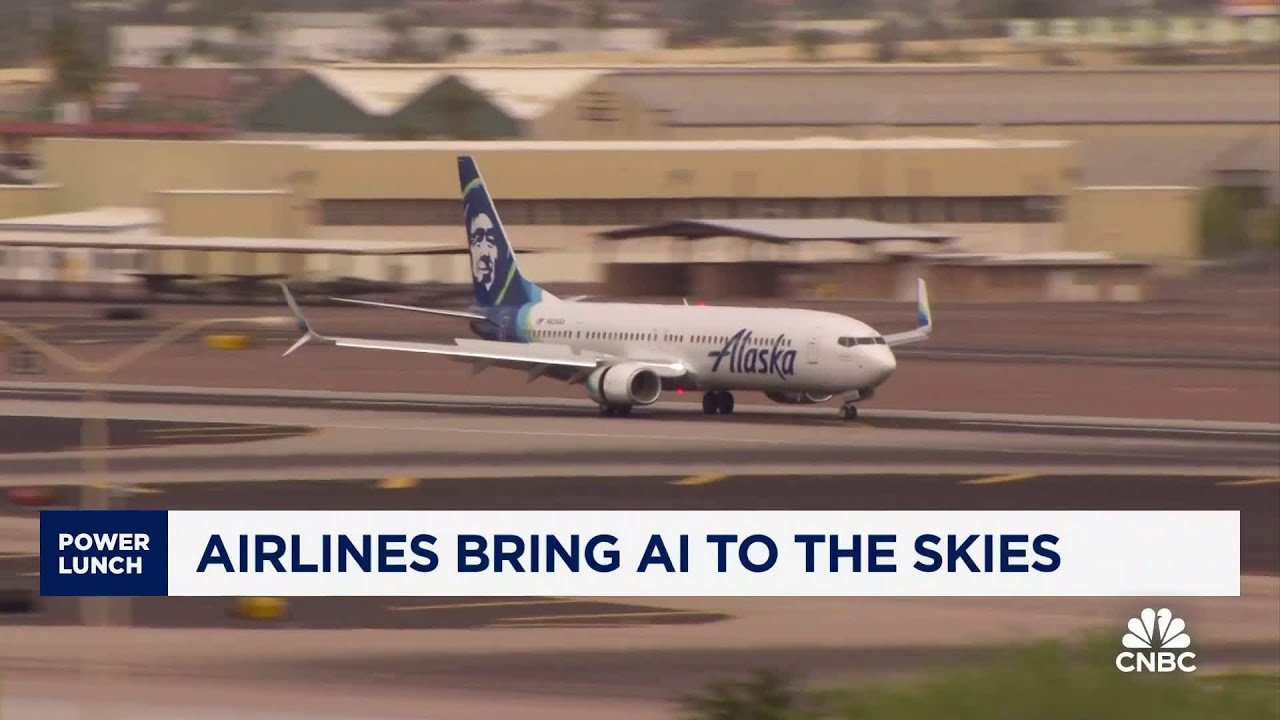Airlines are increasingly utilizing AI to enhance operational efficiency and customer service, particularly during peak travel times, with tools like American Airlines’ Smart Gating and Alaska Airlines’ flight path optimization system. United Airlines is also employing generative AI to improve communication with passengers during delays, leading to increased customer satisfaction, while the overall integration of AI aims to streamline processes without significantly reducing jobs.
The airline industry is increasingly turning to artificial intelligence (AI) to enhance operational efficiency and improve customer service, especially during peak travel times like the upcoming Labor Day weekend. With the Transportation Security Administration (TSA) anticipating a record 17 million airline passengers, major U.S. airlines such as American, United, and Alaska Airlines are implementing AI tools to streamline various processes, from ground control to customer interactions and route optimization.
American Airlines showcased its AI-powered Smart Gating tool at its Dallas-Fort Worth control center. This in-house developed technology utilizes AI and machine learning to automatically assign gates to incoming flights, significantly reducing runway taxi time. The airline reports that this tool has decreased taxiing time by approximately 20%, translating to about 17 hours saved daily across five airports. This efficiency is particularly crucial as 60% of customer traffic involves connecting flights, making timely gate assignments essential.
Alaska Airlines has adopted a system likened to “Waze for the skies,” which employs AI to optimize flight paths and design the fastest routes, ultimately saving fuel and minimizing delays. Additionally, this tool uses video cameras to analyze the timing of catering, fuel, and baggage truck arrivals, helping to streamline aircraft turnaround times at gates. The integration of AI is expected to enhance operational efficiency without leading to massive layoffs, although it may result in fewer hires through attrition.
United Airlines is utilizing generative AI not to prevent delays but to improve communication during disruptions. The airline’s customer service department employs this technology to craft detailed and empathetic messages to passengers affected by flight delays. Since implementing this tool on 6,000 flights, United has reported a 4% increase in customer satisfaction, indicating that clear communication can alleviate some frustration associated with delays.
While airlines assert that these AI tools are not currently replacing jobs, they do enhance efficiency in ways that human workers alone may not achieve. The discussion around AI in the airline industry raises questions about its effectiveness in addressing ongoing operational challenges. As travelers prepare for busy holiday weekends, the hope is that AI will contribute to smoother travel experiences, even if it cannot entirely eliminate delays or issues that have plagued the industry in the past.
